Four American survivors of FGC speak out
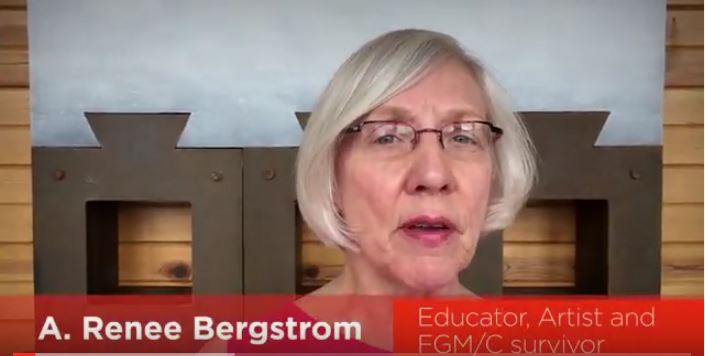
Four American survivors of Female Genital Cutting have broken the culture of silence around the issue through a new video. These women, from diverse backgrounds, illustrate that FGC is not restricted to any one geography, religion, or socioeconomic class. The four women featured in the video produced by the U.S. Department of State Bureau of International Information Programs include Renee Bergstrom, F.A. Cole, Aissata Camara, and Sahiyo co-founder Mariya Taher. In order to realize the UN Sustainable Development Goal of ending FGC by 2030, we need not only more courageous survivors need to speak out, but we also need religious leaders, men and boys, health practitioners, and young people to join the global campaign. To watch the video, click here.
Engendering Progress Event Honours Sahiyo Co-founder

A conversation on Khatna with Suleimani Bohras
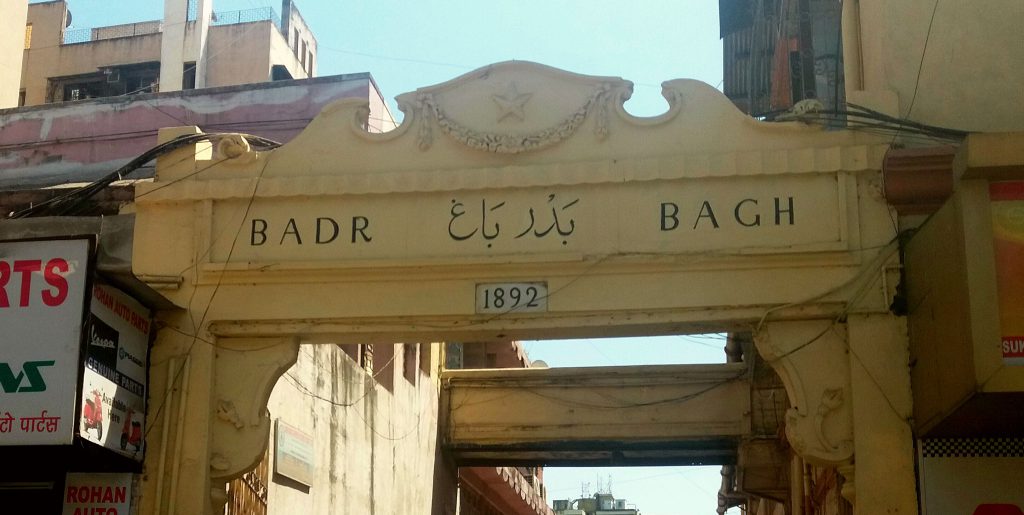
Sahiyo participates in kick-off event for Women’s March in Frankfurt, Germany
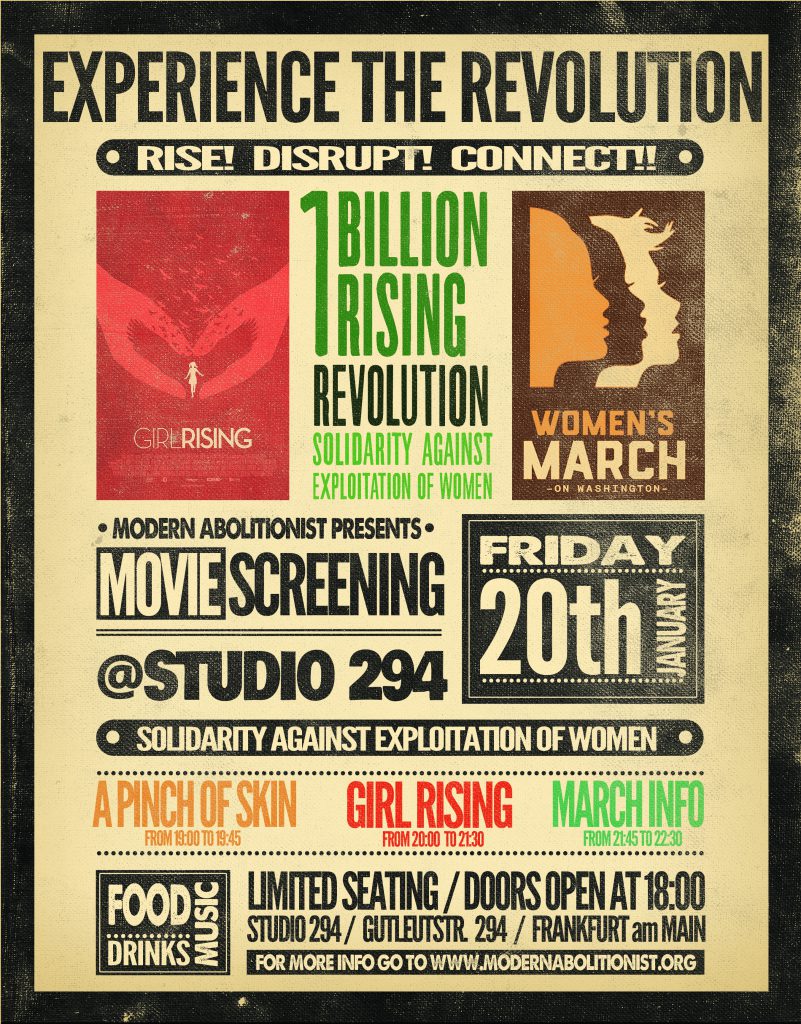
On January 20th, the Modern Abolitionist Global Campaign will start a two day campaign, with a kick -off event that will be a screening of movies dealing with gender violence and discrimination against women. The following day, on January 21st, the Modern Abolitionist Global Campaign will hold the Frankfurt Women’s March on Washington. Sahiyo will support the kick-off event, in which there will be a screening of A Pinch of Skin, a documentary produced by Sahiyo’s co-founder Priya Goswami, on the topic of female genital cutting in the Dawoodi Bohra community. During the event, Sahiyo co-founders will be be joining via Skype for a Q&A session with audience members. The documentary, Girl Rising, about the importance of educating girls to break the cycle of poverty will also be screened. To learn more, contact the organizers here.
Sahiyo participates in the End Violence Against Girls Summit on FGM/C
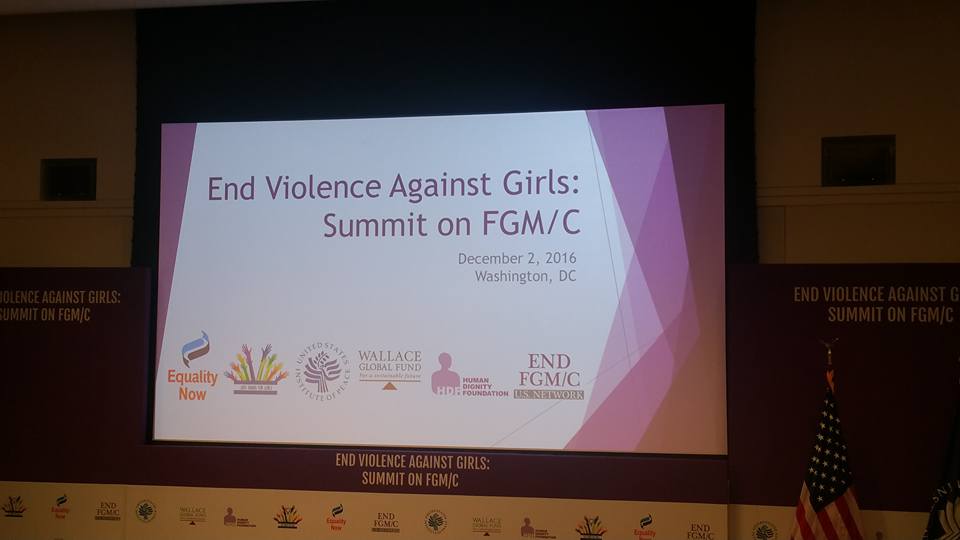
Sahiyo Volunteer Spotlight: Chandni Shiyal
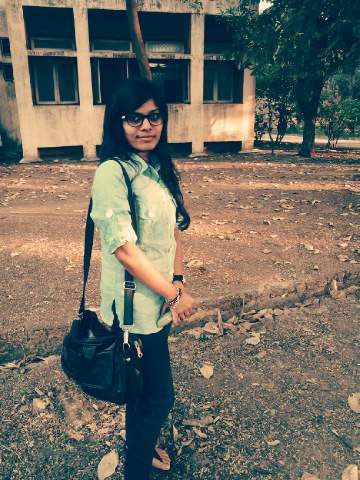
Conversations on khatna and social norms with Mumbai community workers
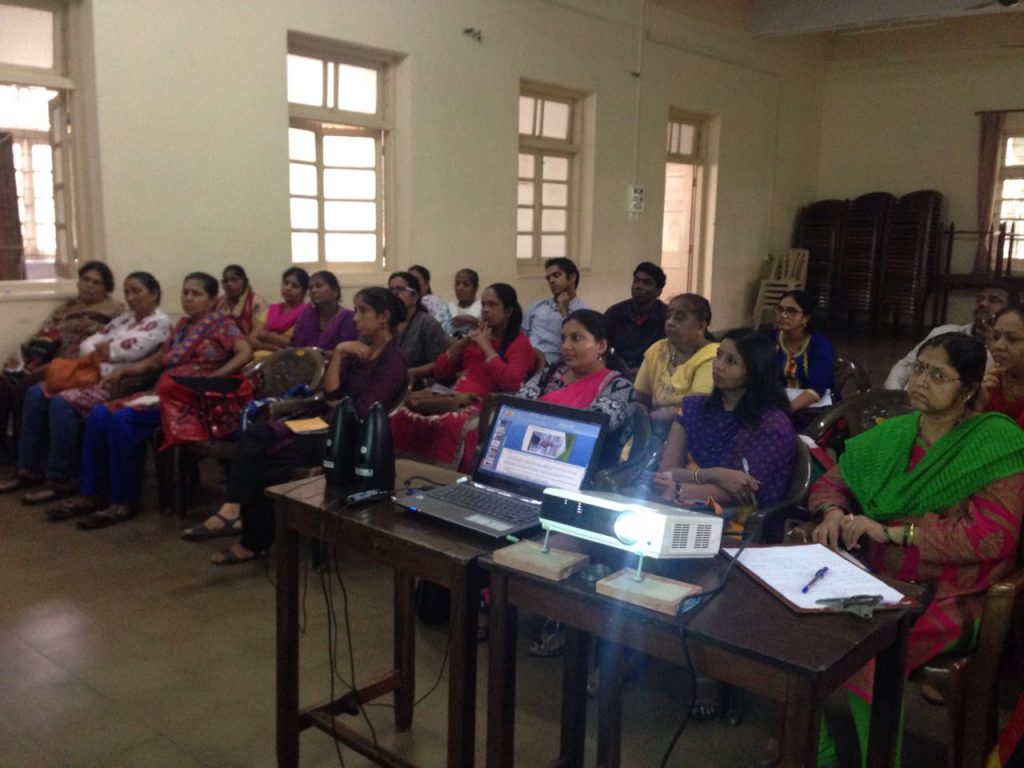
On October 6, Sahiyo co-founders Insia Dariwala and Aarefa Johari were given an opportunity to introduce the topic of Female Genital Cutting to a host of grassroots social workers in Mumbai. This opportunity came through an invitation from the Justice and Peace Commission, one of many organisations run by the Catholic Church in Mumbai to work with local communities across religious lines. The Commission runs community centres across the city, but the session that Sahiyo conducted with more than 20 social workers was held at JPC’s headquarters at St. Pius College. Most of the participants in the session were grassroots activists working in their respective communities and neighbourhoods on a range of issues, particularly women and children’s rights. The topic of FGC or khatna was new to many of them, and they were keenly interested in Sahiyo’s introduction to the issue, the explanation of the reasons cited for practicing khatna and how FGC is essentially a social norm like so many others. Participants were then encouraged to discuss various social norms in their own cultures and how they could possibly be combatted. This was an enthusiastic and very involved audience, and the topic of social norms led to very lively discussions. Predictably, the women grew more lively while talking about menstrual taboos and one woman shared a heartening story of how her young daughter changed the norm in their home by refusing to follow her grandmother’s menstrual restrictions. Most of the participants were women, but the few men in the audience spoke of the pressures to be ‘masculine’ as a social norm. One of the activists talked about how she makes both boys and girls at her NGO do household chores, even though the boys are not expected to do the sweeping or cleaning at in their own homes. After the talk, several participants expressed an interest in discussing FGC with their own Bohra friends. We sincerely thank the Justice and Peace Commission for giving us this opportunity.
When Sahyog gave Sahiyo an opportunity to engage with young students
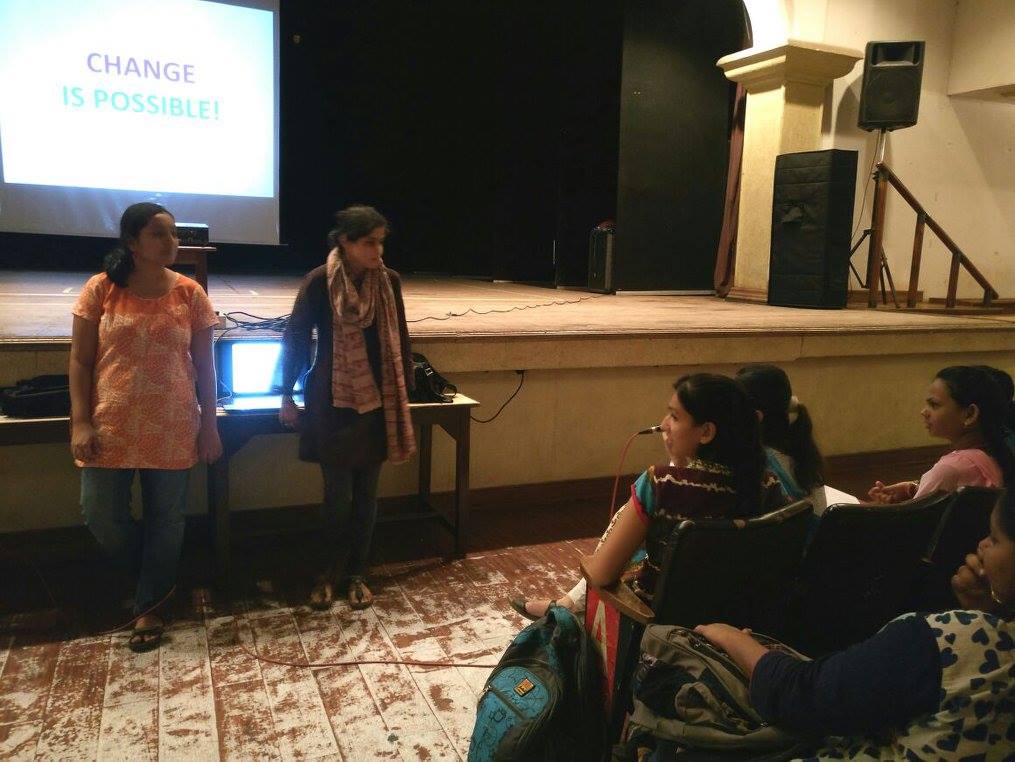
A note on terminology and why Sahiyo uses FGC
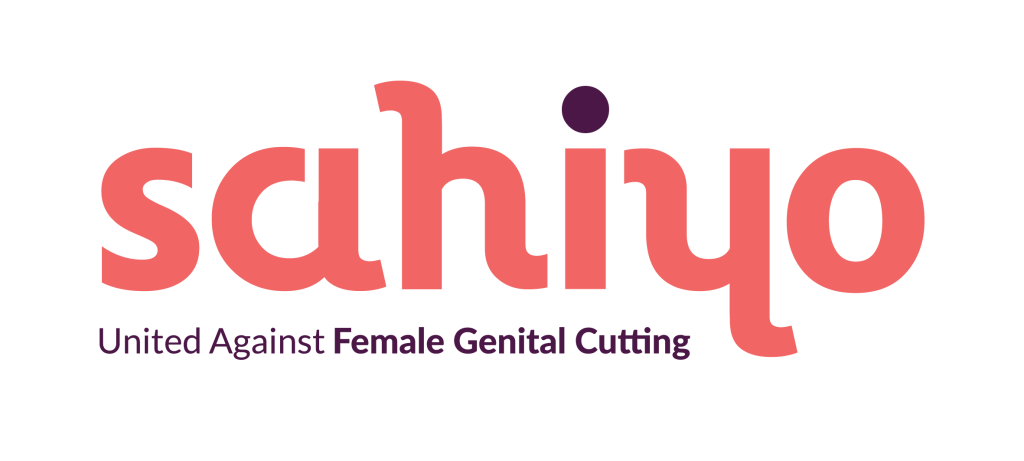
By Mariya Taher When I was in graduate school in 2008 for my Master of School Work degree, I began seriously and thoroughly researching the topic of Female Genital Cutting (FGC). Some of you reading this blog might already be aware of my personal connection to the issue due to the research and writings I have been doing on this issue for close to nine years now. (See more at Underground: American Who Underwent Female Genital Mutilation Comes Forward to Help Others). Upon researching FGC, I learned that there were many different terms given to the practice. Terms such as Female Circumcision, Female Genital Mutilation, Female Genital Cutting, Female Genital Surgeries, Female Genital Mutilation/Cutting, Khatna, and other native terms used by other communities who continued FGC. The terminology used for this practice has been the subject of debate amongst academics, activists, as well as the communities continuing the practice as well. However, the debate does not revolve around what is the correct name but relates to the viewpoint an individual has towards understanding the practice and their feelings towards the perpetuation of the practice. In other words, for those continuing the practice, colloquial terms like khatna or female circumcision are preferred. Many activists working to end the practice of FGC choose to use the term Female Genital Mutilation, believing that this term correctly identifies the harm being done to a girl child’s genitalia. None of these terms are incorrect. They all refer to the same practice. And when Sahiyo works with community members, we use the terminology that they use to refer to the practice. This means if someone uses the term ‘khatna’, we use khatna. If someone uses the term female genital mutilation, we use female genital mutilation. There are reasons, however, that we do choose to use female genital cutting or FGC when referring to the practice. Dawoodi Bohras use the word “khatna” or circumcision to refer to the removal of the prepuce from the genitalia of both boys and girls. There is a sentiment amongst some in the community, that the form of “female circumcision” practiced in the Dawoodi Bohra community is in no way related to “FGM” as recognized by World Health Organization or as practiced in many African countries. Sahiyo believes, however, that “female circumcision” cannot be directly compared with male circumcision. We choose, therefore, in large part to use the term FGC or khatna because we are attempting to work with the community and we recognize that if in our everyday language we use FGM, it makes our work much more difficult — we know from research and best practices, that to engage in dialogue and to create social change, we can not come from a hostile position and some community members view the term mutilation with suspicion. This suspicion, in turn, makes it difficult for us to engage with people willing to discuss the topic. Sahiyo also recognizes that the term ‘mutilation’ comes with the connotation of ‘intending to harm’ and as activists engaging in dialogue with communities to abandon the practice, by not using ‘mutliation’ we recognize that communities are not intending to harm their daughters. Rather they may continue FGC because they truly believe it is in the girl’s best interest and/or they may feel pressured into having FGC done on their daughter by others in the community. The term ‘mutilation’ can be riddled with a judgemental tone which can work against FGC activists working to end the practice as Gannon Gillespie mentions on Tostan’s website: We should remember that all of us, no matter where we are from, tend to greet judgmental outsiders in similar ways. When our beliefs and actions are challenged or condemned by a stranger, we are likely to become defensive; rather than taking their concerns to heart, we view their accusation as an unwarranted and uninformed attack on our character. We certainly won’t feel inclined to change in order to satisfy this judgmental critic; we may even respond by holding on more tightly to the belief or action being questioned. Our experience has shown us that it is dialog and discussion that can lead to change, and dialog requires a relationship of trust and respect. But calling the practice “mutilation” prevents this relationship from developing and invites defensiveness rather than productive discourse. Besides these reasonings, a recent report by Islamic Relief Canada, Female Genital Cutting in Indonesia: A Field Study, showcases that specific terminology can also lead to retraumatization of survivors as the quote below from the study demonstrates: While Female Genital Mutilation (FGM) appears to be the term used most frequently by international agencies, experiences from community-based interventions indicate that the term ‘mutilation’ can, in some instances, actually add to the traumatisation of an individual. Girls and women who have undergone FGC can feel victimised, stigmatised and offended by the word ‘mutilation’ and its derogatory connotations. In general, it is important that any intervention strategies do not actually add to the trauma already felt by females who have had to undergo the practice, and referring to people as ‘mutilated’ – while correctly identifying the severity of the practice – has the potential of traumatising sufferers even more. Sahiyo recognizes that to work at the community level and to advocate for the abandonment of FGC, we must first acknowledge that FGC is viewed as a social norm in practicing communities. Dialogue and discussion can only occur if communities themselves are willing to engage with us, and through our own work, we have learned to understand the importance of looking at our language choices. To read more on the use of FGC terminology, please visit Tostan FAQ: FGC vs. FGM.
Underground in America: Female Genital Cutting
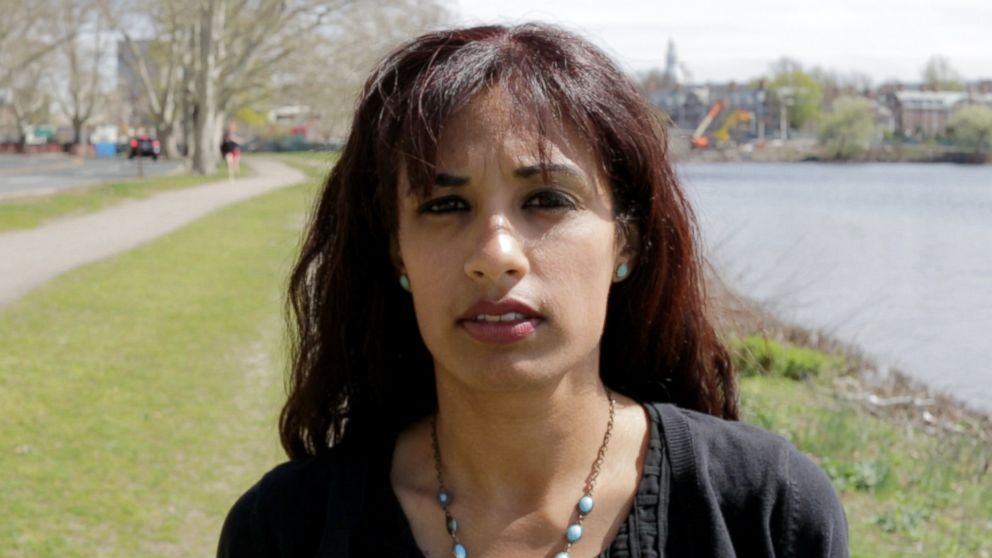
On June 22, 2016, Sahiyo’s cofounder, Mariya Taher came out on camera to discuss FGC in the United States and the work she has been doing to support other women and girls who are at-risk or who have undergone FGC and are living in this country. Her work into this area of gender violence began in 2008 when she started her Master of Social Work program at San Francisco University and decided to research FGC amongst immigrant communities living in the United States. Her motivation for pursuing this topic – she had undergone it herself at seven years old and understood the complexities involved with the practice. She understood that FGC was viewed as an obligatory social norm in the communities that practiced it and that it would be a challenge to help communities understand that this tradition was in fact, a form of gender violence, illegal in the United States, and against many existing human rights conventions. In 2015, she helped ABC news shed light on this practice by participating anonymously in their multimedia news piece, “Underground in America: Female Genital Mutilation”. The short video in the piece was subsequently nominated for a Webby Award in the category of Individual Short or Episode. Then in 2016, as the work of Sahiyo became more public and widespread, she showed her face on camera in the follow-up piece produced by ABC News, “Underground: Risk of FGM Increasing for Women in the U.S.”, says CDC. When asked why – “It took me eight years to decide to reveal my face on camera. I had researched and written about FGC in print for years, but revealing your face on camera is very different. It meant my personal life and professional life were enmeshing and I knew it also meant that my family could be on the receiving end of backlash from their religious community, and from others who did not understand the complexities of power and control when it comes to gender violence. I also understood that not everyone is able to come out and publicly speak out against it and there are many reasons that range from fear, concern for friends and family members, legal reasons, not wanting to be viewed as a victim, and more. They are all valid reasons. I had taken many years to work through all of the potential unintended consequences of speaking openly, and I knew that I had finally reached a place where I could be a support for others, and because I am a social worker, I had the knowledge and background of working in social services to understand how to go about creating them for women and girls at risk for or who had undergone FGC. This is what I hope to do and this is why I revealed my face on camera.
